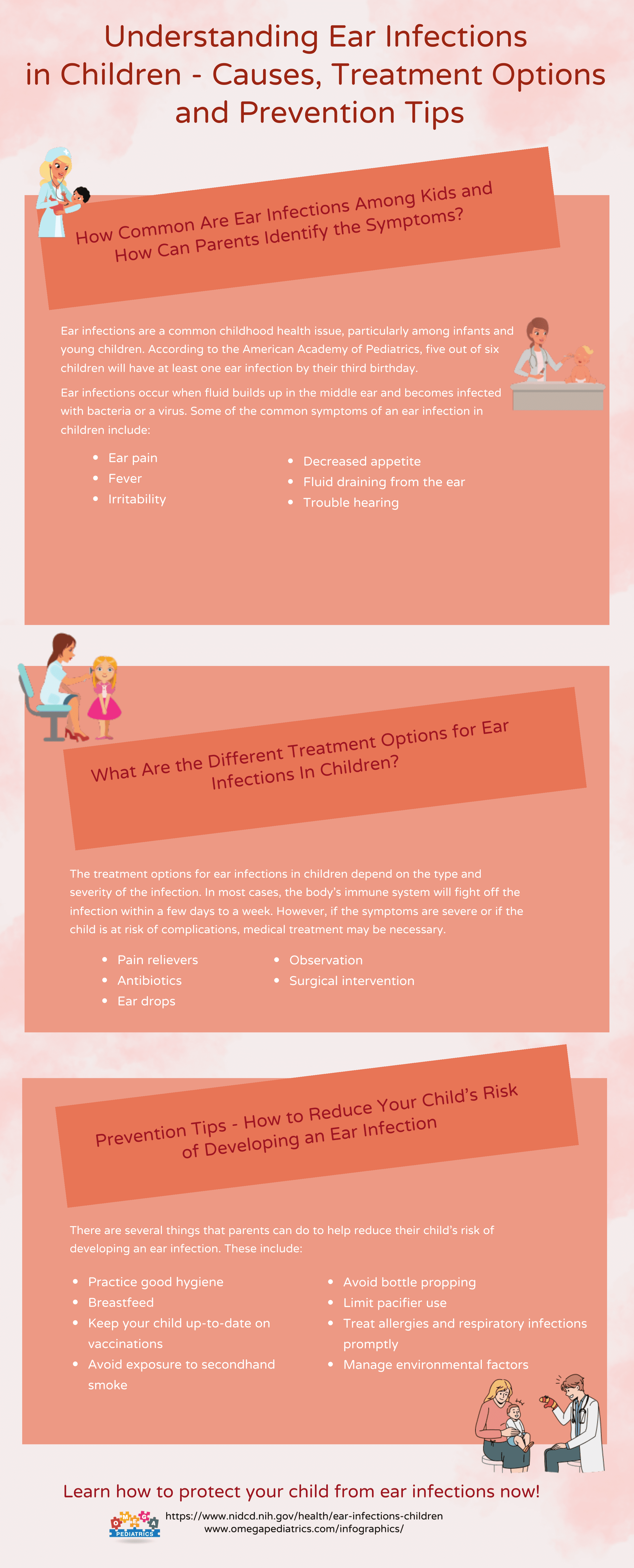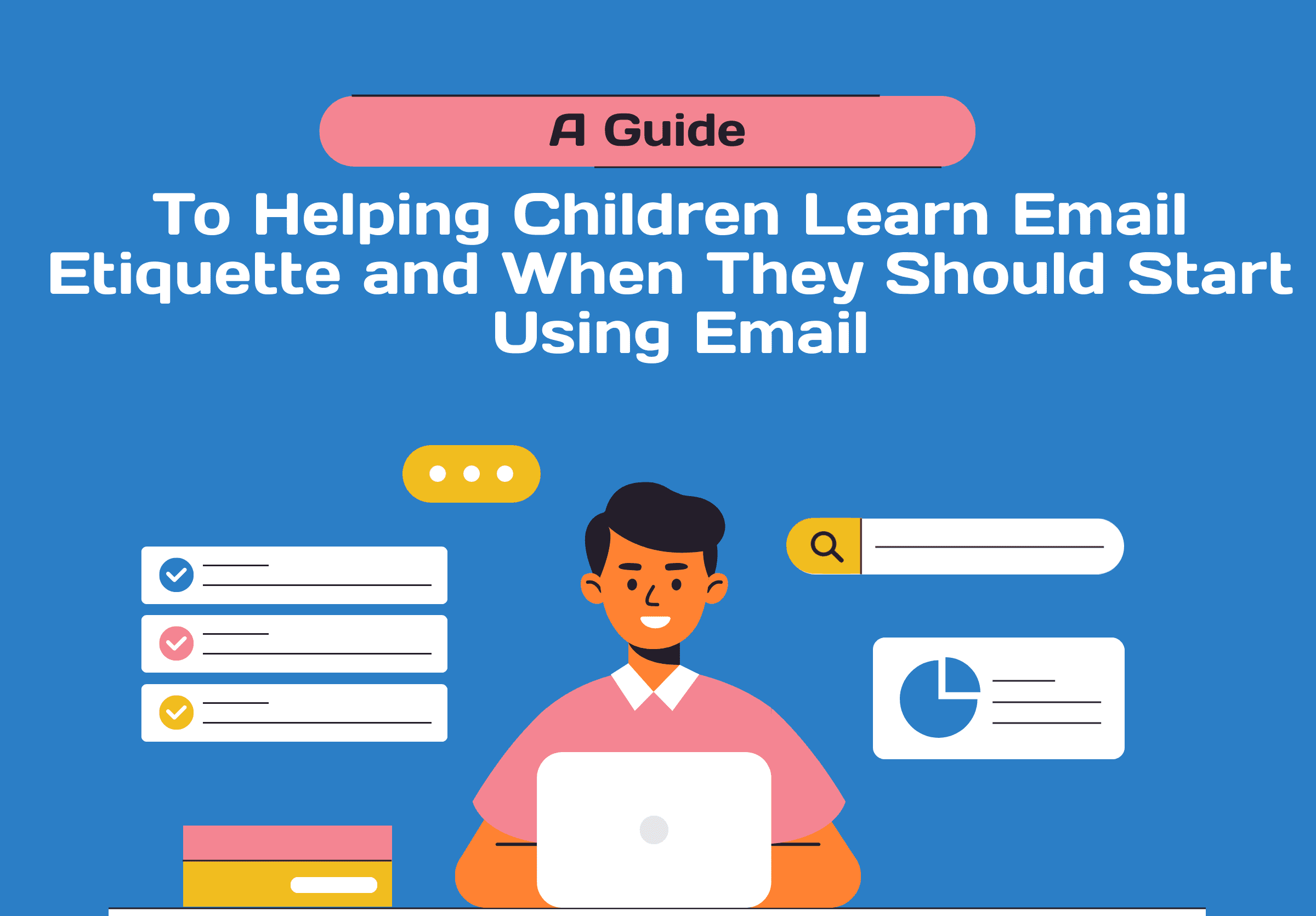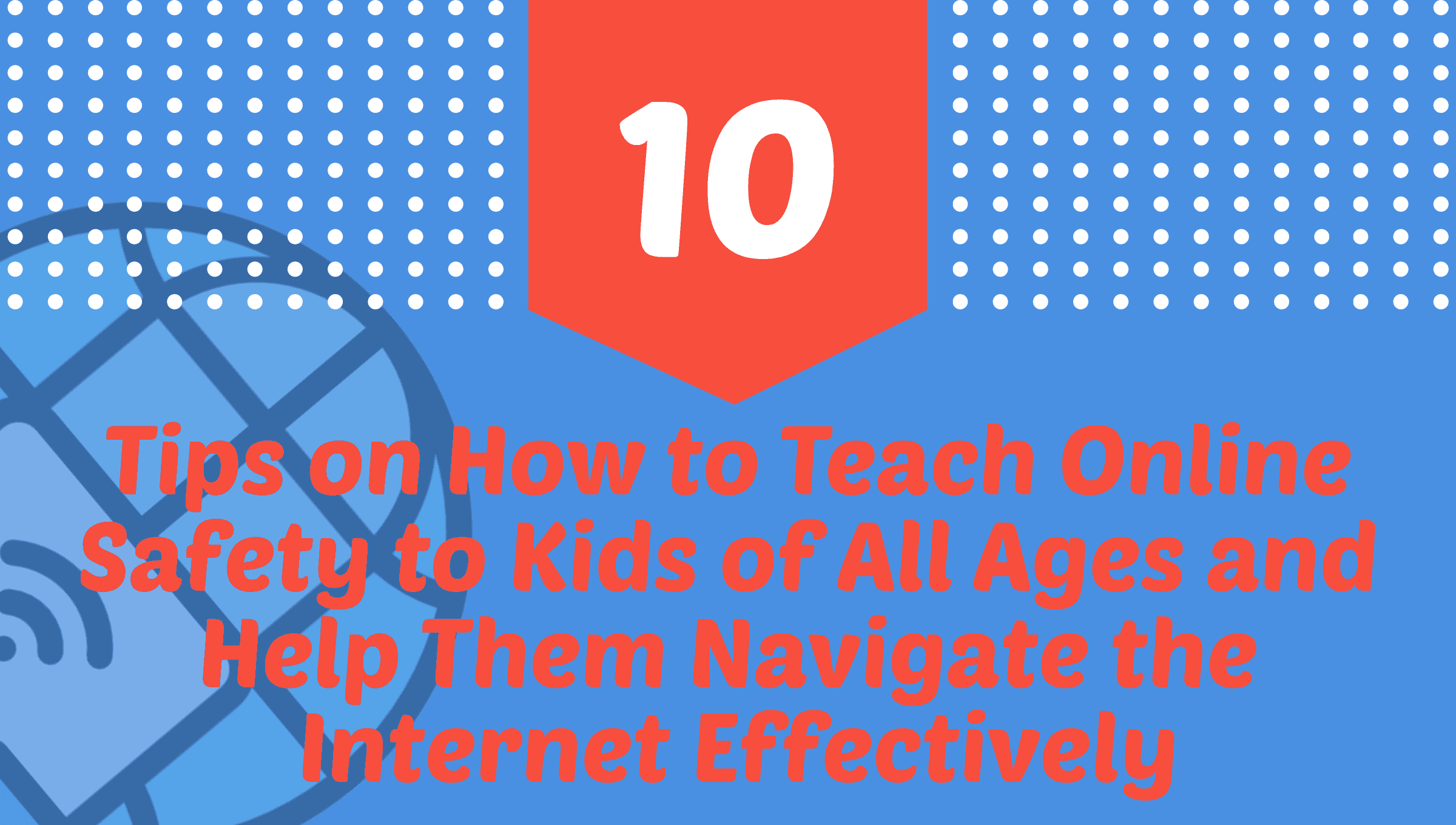
Ear infections are a common childhood health issue, particularly among infants and young children. According to the American Academy of Pediatrics, five out of six children will have at least one ear infection by their third birthday.
How Common Are Ear Infections Among Kids and How Can Parents Identify the Symptoms?
Ear infections occur when fluid builds up in the middle ear and becomes infected with bacteria or a virus. Some of the common symptoms of an ear infection in children include:
- Ear pain: Children with an ear infection may pull or tug at their ears or complain of ear pain.
- Fever: A fever may be present, particularly in cases of bacterial infections.
- Irritability: Infants and young children may become irritable and have difficulty sleeping.
- Decreased appetite: Children may have a decreased appetite and may have difficulty drinking or eating due to the discomfort caused by the infection.
- Fluid draining from the ear: In some cases, a clear or yellowish fluid may drain from the ear.
- Trouble hearing: Children with an ear infection may have difficulty hearing or responding to sounds.
It is important for parents to seek medical attention if they suspect their child has an ear infection. If left untreated, ear infections can lead to complications such as hearing loss, chronic ear infections, and speech and language delays.
What Are the Different Treatment Options for Ear Infections In Children?
The treatment options for ear infections in children depend on the type and severity of the infection. In most cases, the body’s immune system will fight off the infection within a few days to a week. However, if the symptoms are severe or if the child is at risk of complications, medical treatment may be necessary.
Pain relievers: Over-the-counter pain relievers such as acetaminophen (Tylenol) or ibuprofen (Advil) can help relieve the pain and reduce fever associated with an ear infection.
Antibiotics: Antibiotics may be prescribed for bacterial ear infections. The type and duration of the antibiotic treatment depend on the child’s age, the severity of the infection, and other factors.
Ear drops: Ear drops containing antibiotics or other medications may be used to treat ear infections caused by bacteria or to relieve pain.
Observation: In some cases, doctors may recommend observation without antibiotics if the child is over two years old and has mild symptoms. This approach involves close monitoring of the child’s condition to ensure that the infection clears up on its own.
Surgical intervention: In rare cases, surgical intervention may be necessary to treat chronic or severe ear infections. This may involve inserting a small tube into the ear to drain fluid and prevent further infections.
It is important to follow the doctor’s instructions and complete the full course of antibiotics, even if the child starts to feel better. Parents should also ensure that their child gets plenty of rest and stays hydrated to help the body fight off the infection.
Prevention Tips – How to Reduce Your Child’s Risk of Developing an Ear Infection
There are several things that parents can do to help reduce their child’s risk of developing an ear infection. These include:
- Practice good hygiene: Encourage your child to wash their hands regularly and avoid sharing utensils or toys with other children to prevent the spread of germs.
- Breastfeed: Breastfeeding provides antibodies that can help protect infants against ear infections. If you are unable to breastfeed, talk to your doctor about alternative feeding options.
- Keep your child up-to-date on vaccinations: Vaccines such as the pneumococcal and flu vaccines can help prevent ear infections caused by bacteria or viruses.
- Avoid exposure to secondhand smoke: Exposure to secondhand smoke can increase the risk of ear infections. Keep your child away from smokers and avoid smoking in the home or car.
- Avoid bottle propping: Bottle propping can cause milk or formula to flow back into the middle ear, increasing the risk of infection. Hold your child upright while feeding or use a nursing pillow to prop them up.
- Limit pacifier use: Frequent pacifier use can increase the risk of ear infections. If your child uses a pacifier, limit its use and clean it regularly.
- Treat allergies and respiratory infections promptly: Allergies and respiratory infections can increase the risk of ear infections. Treat these conditions promptly to reduce the risk of complications.
- Manage environmental factors: Manage environmental factors that can trigger allergies or cause congestion, such as dust, pet dander, and air pollution.
By taking these steps, parents can help reduce their child’s risk of developing an ear infection and promote overall ear health.



